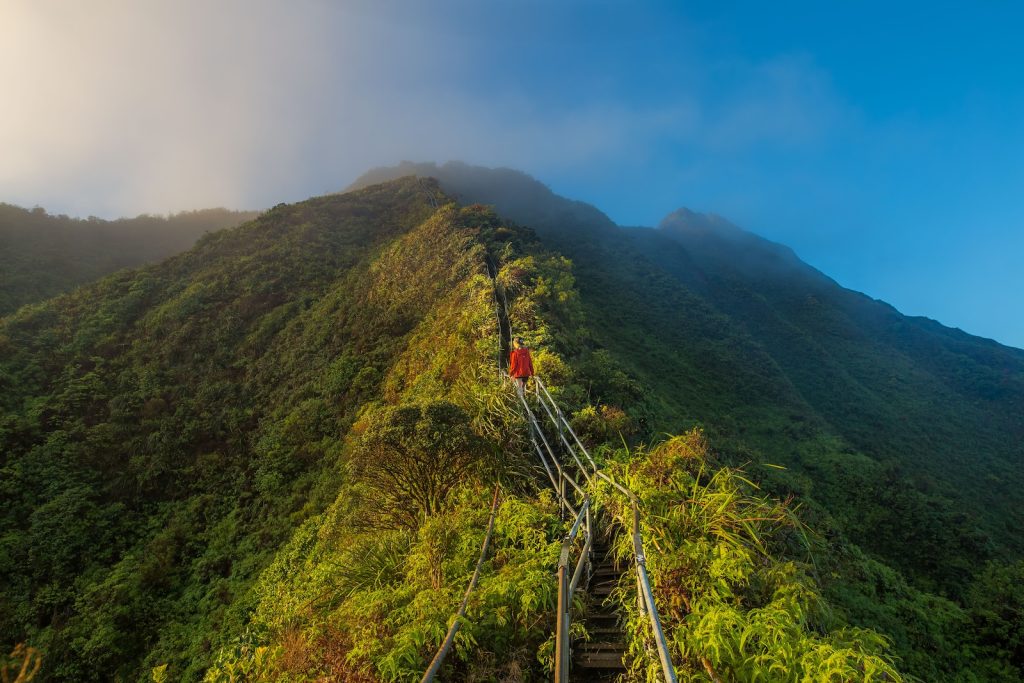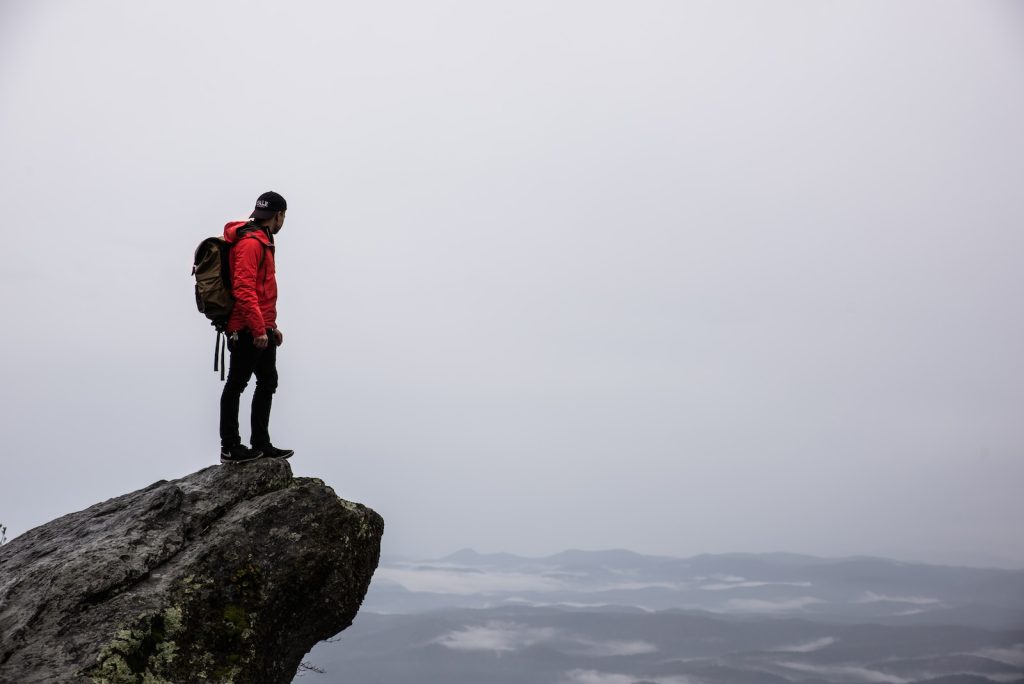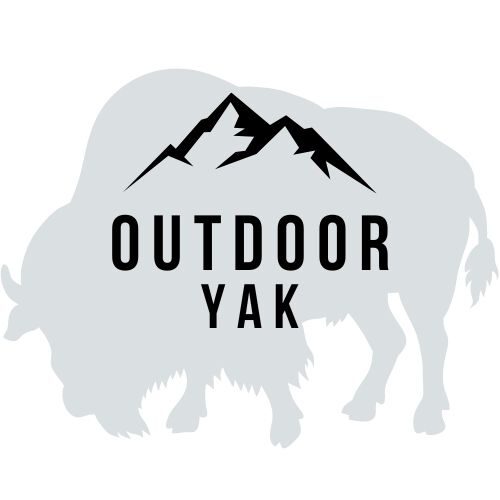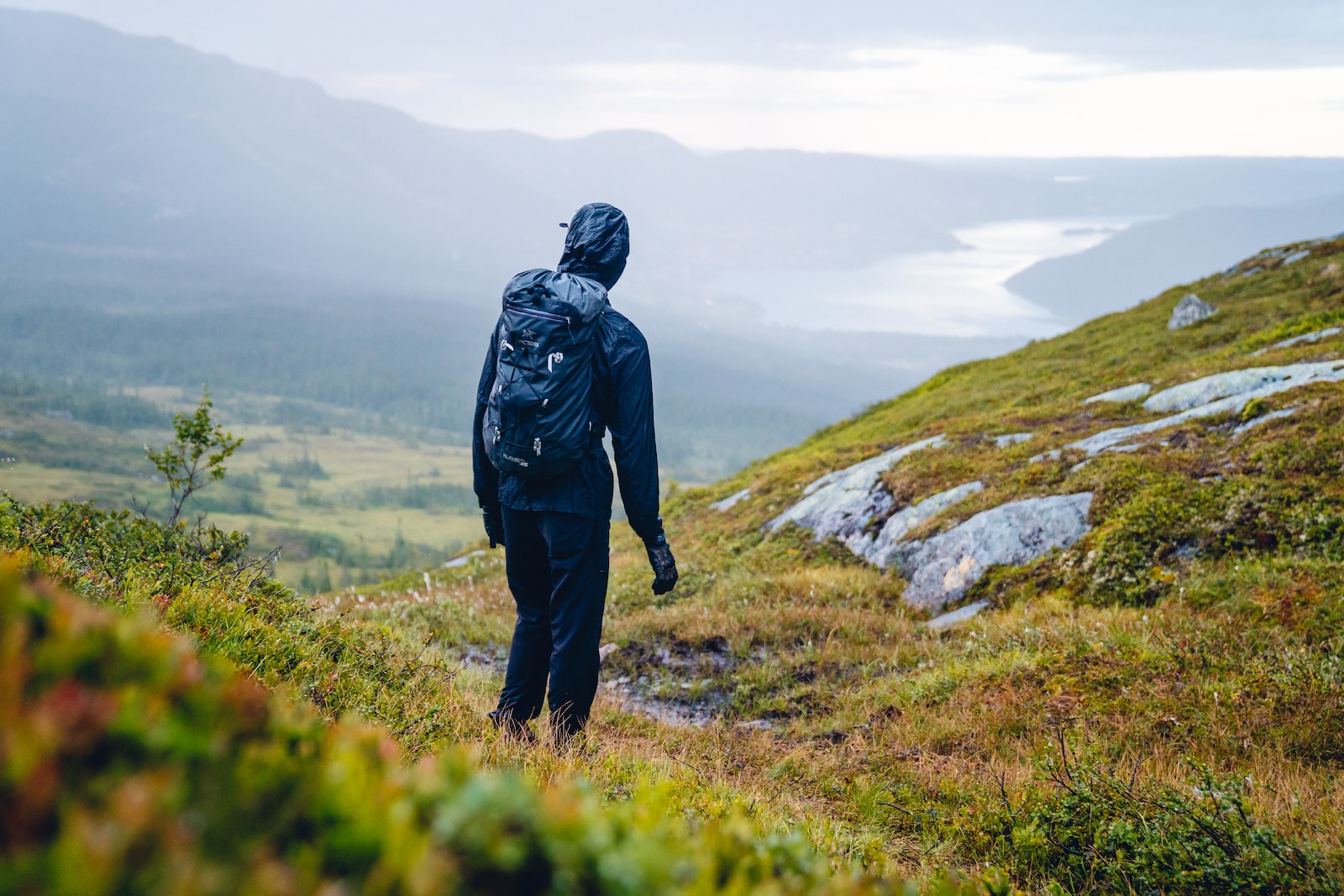Having the right gear is essential for any hike, but deciding what you need can be a challenge. One often overlooked item on a packing list is gaiters – protective coverings that go over your shoes and lower legs. Deciding if you need them for your next hiking adventure will depend on several factors. This article will discuss the various pros and cons of using hiking gaiters to help you make an informed decision.
Gaiters are beneficial for hiking as they provide extra protection from rocks, debris, water, and snow. They also prevent scratches and lowers the risk of insect bites. However, gaiters can be uncomfortable in warm weather and add extra weight to your gear. Consider your hiking terrain and personal preferences before investing in gaiters.
What are Hiking Gaiters?
Hiking gaiters are specialized garments designed to cover the top of your shoes and wrap around your lower legs. They act as a protective barrier between the elements and your footwear, keeping debris, mud, snow, and water from entering your shoes while maintaining breathability for your feet. Gaiters are typically made from lightweight, water-resistant materials and feature closure systems like zippers, Velcro, or snaps to secure them in place. Now that you know what gaiters are, let’s discuss the various factors to consider when deciding if they are necessary for your hike.
What Types of Terrain Will You Be Hiking?
In my experience, different terrains create unique challenges that may require or benefit from the use of gaiters.
Gaiters for hiking in snowy conditions: When hiking in snow, gaiters can keep your feet dry by preventing moisture from seeping into your shoes, thus reducing the risk of frostbite or other cold-related injuries. They also help keep snow from accumulating inside your shoes when you accidentally step into deep snow.
Gaiters for the muddy terrain: Hiking through muddy trails can result in wet, heavy, and uncomfortable shoes. Gaiters can keep your feet dry and maintain the integrity of your footwear by keeping mud and water from seeping in.
Gaiters for rocky terrain: Gaiters add a degree of protection against sharp rocks and debris, preventing cuts and scrapes on your lower legs. In areas where there are scree slopes or loose rocks, gaiters can help reduce the risk of injury and make your hike more enjoyable.

How Likely are You to Encounter Water on Your Hike?
If you expect to hike through shallow water, such as crossing streams or traversing areas with wet vegetation, gaiters can provide additional water resistance to your shoes and help keep your feet dry. It is essential to choose gaiters made of water-resistant materials like Gore-Tex® or other similar fabrics when expecting to encounter water frequently.
What Kind of Weather Will You Face?
In rain or wet snow, hiking gaiters can provide extra protection by keeping water from infiltrating the top of your shoes. Some people also find that wearing gaiters provides added warmth for their ankles and calfs in cold weather. On the other hand, if you expect to hike in hot or arid conditions, breathability may be more important to consider, as gaiters can trap heat around your lower legs. So, you might need to opt for gaiters made from lightweight, breathable materials, like mesh, to stay cool during your hike.
Gaiter Sizing and Compatibility with Footwear
When choosing gaiters for hiking, it’s crucial to consider whether the gaiters you’re considering will fit properly over your preferred hiking footwear. Incorrectly sized gaiters can make hiking uncomfortable and hinder the protective features they’re designed to provide.
Pros: Most gaiters come in various sizes, making it easy to find a pair that fits comfortably over your shoes or boots. Additionally, many gaiters offer adjustable straps or elastic cords, allowing for a more customized fit.
Cons: Not all gaiters are compatible with every type of hiking shoe or boot. Some gaiters may not fit snugly enough over low-cut trail shoes, while others may not have enough coverage for high-cut mountaineering boots. Ensure the gaiters you select are suitable for your footwear to maximize their effectiveness.
Impact on Hiking Speed and Comfort
The effect of wearing gaiters on your hiking speed and overall comfort may be subjective and differ from one hiker to another.
Pros: Gaiters can provide added stability, support, and protection against the elements, potentially enhancing your confidence while hiking. With fewer distractions from debris, moisture, or discomfort, you may find your overall hiking experience more enjoyable and your speed less impacted.
Cons: Some hikers might feel that the added weight and warmth of gaiters slow them down or cause discomfort during their hike. If you are particularly sensitive to added weight or restrictions to your movements, you might be better off trying to find other ways to enhance the performance and water resistance of your existing footwear.
Cost and Maintenance
Another factor to consider when deciding whether to invest in hiking gaiters is the cost and the necessary maintenance to keep them in good condition.
Pros: In the long run, gaiters may extend the life of your footwear by protecting them from excessive wear and tears caused by water, debris, and other outdoor elements. This can save you money on shoe replacements over time.
Cons: Good-quality gaiters can be expensive, adding to the overall cost of your hiking gear. Furthermore, gaiters require regular maintenance, such as cleaning and treating the fabric for continued water and debris protection. This may be viewed as a hassle by some hikers.

Conclusion: Should You Get Gaiters for Hiking?
Considering the pros and cons mentioned above, whether or not you need hiking gaiters will depend on your individual preferences and the specific conditions you plan to face on your hikes. If you frequently encounter wet, muddy, or snowy trails or require additional lower leg protection, investing in a good pair of gaiters might be an excellent choice. On the other hand, if you primarily hike in dry or hot conditions, you may find gaiters unnecessary or even uncomfortable.
Ultimately, the decision to wear gaiters while hiking comes down to your priorities, personal comfort, and the type of trails you enjoy exploring. Analyze the conditions you’re likely to face and weigh the potential benefits and drawbacks to make an informed choice about incorporating gaiters into your hiking gear arsenal.
Protection from Bugs and Snakes
Another factor to consider when deciding whether you need gaiters for hiking is the potential to encounter bugs, snakes, or other critters that might pose a risk to your lower legs.
Pros: Wearing gaiters can provide an extra layer of protection from biting or stinging insects, like ticks or mosquitoes, by creating a physical barrier between your skin and the bugs. In areas where venomous snakes are prevalent, gaiters may also reduce the risk of snake bites by obstructing access to your lower legs.
Cons: While gaiters can help protect against bug bites and snake encounters, they are not completely foolproof. Additionally, wearing gaiters in hot or humid conditions can trap heat and moisture, creating discomfort and potentially exacerbating the issue of bug attraction. Therefore, it would be advisable to choose breathable materials if you expect to hike in bug-prone areas.
Versatility and Adaptability
When deciding if gaiters are a necessary addition to your hiking gear, consider their versatility and adaptability to various situations.
Pros: Gaiters are lightweight and packable, making them easy to carry with you and store in your backpack when not in use. Consequently, you have the option to put them on or take them off as needed, according to the trail conditions you encounter.
Cons: If you only plan on using gaiters occasionally or for specific hikes, the initial investment may not seem worthwhile. Furthermore, some hikers may find the process of putting on and taking off gaiters throughout a hike to be inconvenient or time-consuming.
Aesthetic Appeal
Though function and protection are the primary reasons for considering gaiters, it’s also essential to acknowledge the aesthetic factor.
Pros: Gaiters come in a variety of colors, patterns, and designs, allowing you to express your personal style or match them with your existing hiking gear. For those who appreciate the look and feel of wearing gaiters, they can add an extra layer of visual appeal to your overall hiking outfit.
Cons: Some hikers might find gaiters bulky or less visually appealing, making them less likely to wear them even when conditions would warrant their use. Therefore, aesthetic preference plays a role in determining whether gaiters are a suitable choice for you.
Alternatives to Gaiters
If you’re still unsure about whether hiking gaiters are right for you, consider researching and testing alternatives that can provide similar benefits.
Water-resistant pants: In wet or muddy conditions, wearing water-resistant pants or a pair of rain pants can provide protection without the need for additional gaiters. However, pants alone may not offer the same level of coverage or debris protection around your footwear.
Trail gators: For those who require only minimal protection or prefer a more inconspicuous option, low-profile trail gators can provide some benefits of full-length gaiters without the bulk or additional coverage.
Waterproof footwear: Choosing waterproof hiking shoes or boots can provide some of the same benefits as gaiters, helping to keep your feet dry from water and mud on the trail. However, waterproof footwear may not offer the same degree of protection against debris, rocks, or insects.
In conclusion, the decision to wear gaiters while hiking largely depends on your personal preferences, hiking conditions, and the type of trails you plan to explore. By carefully assessing the pros and cons mentioned above, you can make an informed decision on whether you need gaiters for your next hiking adventure.





